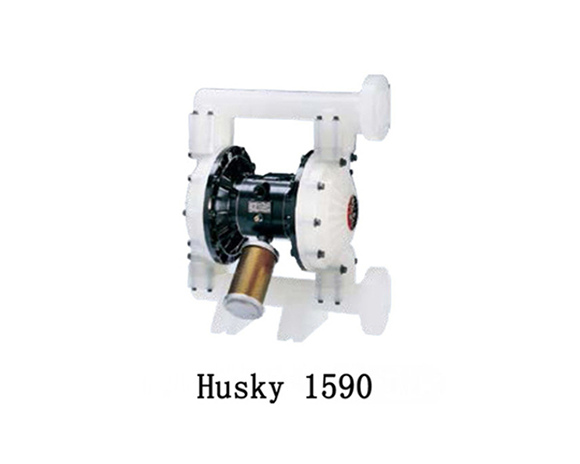Pneumatic pump is a device that uses gas drive to extract, transport, and pressurize liquids. It has the advantages of safety, reliability, wide applicability, strong suction capacity, and easy maintenance, and is widely used in industries such as chemical engineering, petrochemicals, metallurgy, petroleum, ceramics, printing and dyeing. However, pneumatic pumps also have shortcomings such as low energy efficiency, unstable output flow, and high cost, which require further improvement and refinement.
The pneumatic pump also has the characteristic of being spark free, which makes it safe to use in flammable and explosive places. Due to the use of pneumatic power instead of electric power in pneumatic pumps, there is no risk of sparks, thereby reducing the risk of fire. Pneumatic pumps also have the advantage of no electromagnetic interference. In certain situations, such as sensitive environments such as medical equipment, electromagnetic interference may have an impact on the normal operation of the equipment. However, pneumatic pumps do not use any electrical equipment, so they do not generate electromagnetic interference and can better protect the normal operation of the equipment.
How to identify high-quality pneumatic pump manufacturers?
We need to judge from the production capacity and technological strength of the enterprise. High quality pneumatic pump manufacturers usually have advanced production equipment and technology, independent research and innovation capabilities, and can provide comprehensive technical support and solutions. By reviewing the manufacturer's official website, promotional materials, and communicating with them, one can understand the production capacity and technical strength of the enterprise.
Secondly, it is necessary to examine the product quality of the enterprise. High quality pneumatic pump manufacturers should have strict control and guarantee measures in product quality. The quality of the product can be judged by reviewing the inspection report, management system certification, and customer evaluation. In addition, you can also request some product samples from the manufacturer for actual testing to verify the performance and quality of the products.
Thirdly, we need to consider the service capabilities of the manufacturer. High quality pneumatic pump manufacturers should provide timely and thoughtful pre-sales, in sales, and after-sales services. Pre sales service includes understanding customer needs and providing guidance on product selection; In sales services include product delivery, installation and debugging, etc; After sales service includes product maintenance, technical support, etc. Through communication and cooperation with manufacturers, we can gain a preliminary understanding of their service capabilities and attitudes.
Pneumatic pumps are driven by gas and do not pose safety hazards such as electric sparks or ignition sources. They are suitable for transporting flammable, explosive, and corrosive liquids. Pneumatic pumps are suitable for various liquids with different properties, including high viscosity, containing solid particles, corrosive liquids, etc. Due to the lack of sealing in the pump chamber of the pneumatic pump, it can have strong suction capacity and can still operate normally under high suction head conditions. The structure of pneumatic pumps is relatively simple, without the need for electric motors and transmission devices, making maintenance relatively convenient and cost-effective.
The working principle of pneumatic pumps is to generate pressure by driving the piston or diaphragm with compressed air, thereby realizing the process of liquid transportation. The pneumatic pump mainly consists of a pump body, a compressed gas supply device, and related pipelines. When compressed air enters the pneumatic pump through the inlet, the piston or diaphragm will move under the action of air pressure, creating a negative pressure area. Under negative pressure, the liquid will be sucked into the pump body. Subsequently, the pressure of compressed air will change, causing the piston or diaphragm to move, thereby pushing the liquid out of the pump body and completing the transportation of the liquid.
